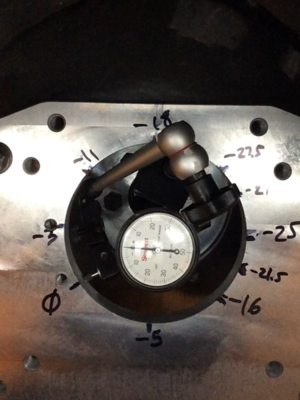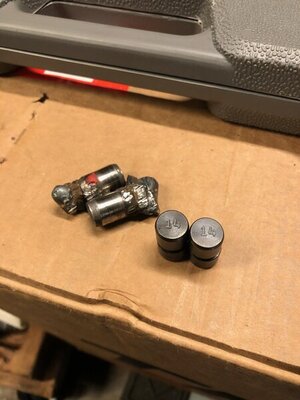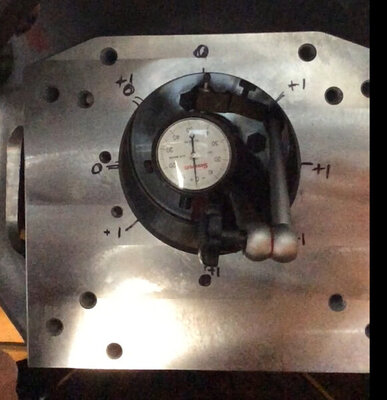- Local time
- 12:31 PM
- Joined
- Apr 13, 2012
- Messages
- 39,963
- Reaction score
- 143,174
- Location
- Granite Bay CA
It makes sense to address whatever problems that I come across but I have to resist the urge to make changes that are not needed. I always have to keep in mind that "The Snowball Effect" is a real phenomenon that turns a 3 week project into three years.
The bellhousing bolts are accessible with long extensions and a wobbly socket. The lower 2 "backwards bolts" are not hard to reach unless the car has headers....

It was 2014 the last time I had the transmission out of the car. I forgot that to get to the RH bolt, the RH header has to be unbolted from the block and wedged away a little to get a wrench in there.



The bellhousing bolts are accessible with long extensions and a wobbly socket. The lower 2 "backwards bolts" are not hard to reach unless the car has headers....
It was 2014 the last time I had the transmission out of the car. I forgot that to get to the RH bolt, the RH header has to be unbolted from the block and wedged away a little to get a wrench in there.



















